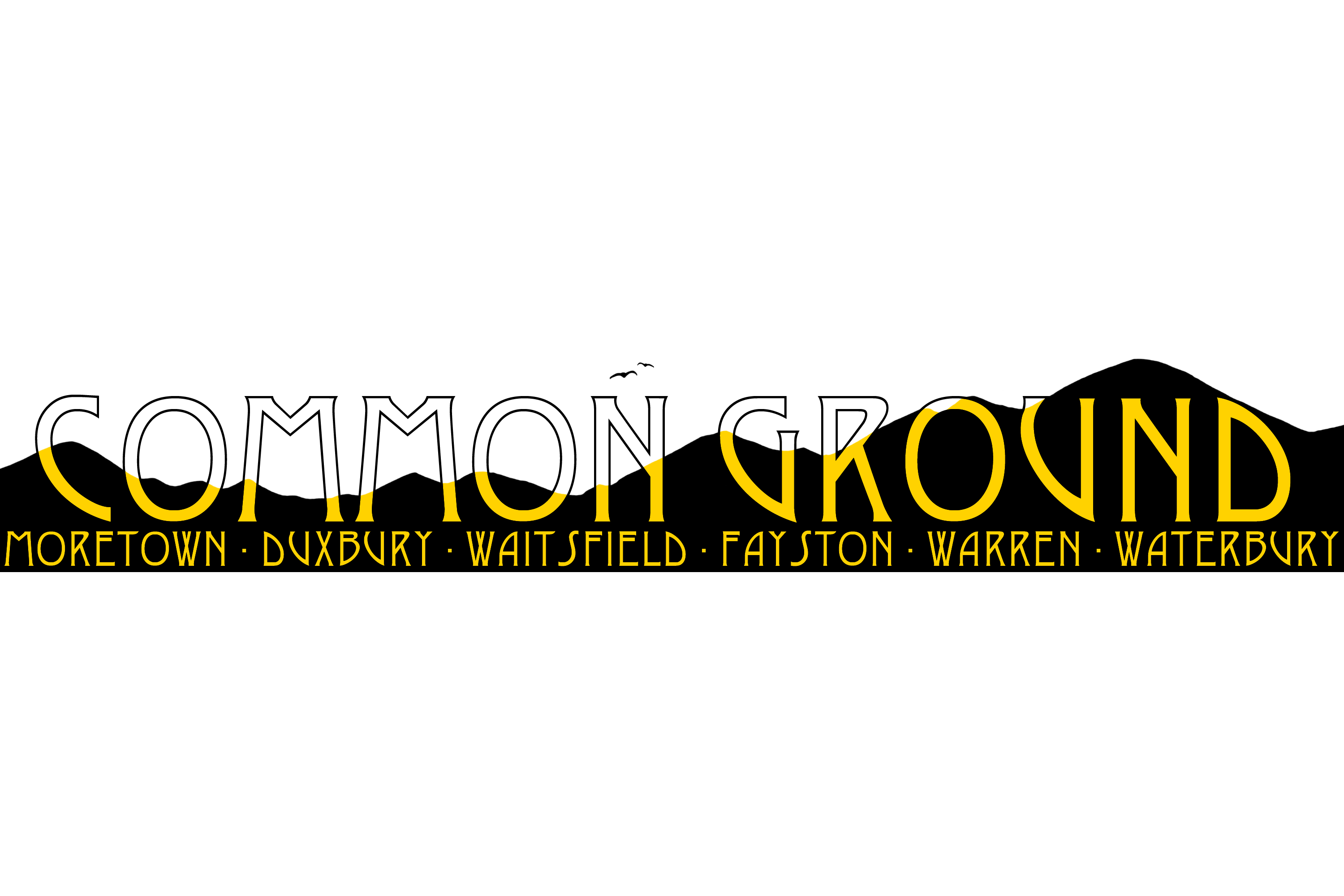It’s Personal!
The class of 2020 will be the first Harwood class to graduate under the new Vermont Education Quality Standards and Proficiency-based Graduation Requirements. In order to support student achievement of the proficiencies, all students will have Personalized Learning Plans (PLPs), a requirement by law. Currently, Harwood has a four year plan for making this happen.
Right now, in the state of Vermont, students are being introduced to PLPs as a step toward a more student-centered education. Teachers will need training, materials, and techniques to better support their students. These resources will give teachers the ability to work with students and guardians to develop the best Personalized Learning Plan for each individual student.
A new Vermont law, called Flexible Pathways (Act 77), and the Vermont State Board of Education Quality Standards (EQS), state, “Vermont public schools must provide students with flexible and personalized pathways for progressing through grade levels and to graduation.” The new law also explains other goals are to achieve academic success geared toward after-high-school opportunities and engage students actively in civic life.
According to The Great Schools Partnership of Portland, Maine, which is a non-profit organization helping schools implement PLPs, “Schools use proficiency-based learning to raise academic standards, ensure that more students meet those higher expectations, and graduate more students better prepared for adult life.” Great Schools Partnership wants schools like Harwood to have a plan for personalizing students’ learning by the fall of 2015. The goal for each student’s plan is to create a path toward graduation while highlighting learning styles and abilities. Schools will start to use proficiency-based learning opportunities to raise academic standards, ensure that more students meet those higher expectations, and graduate more students better prepared for adult life.
Proficiencies are learning standards with a focus on skills and content — things students should be able to do and know — before learning another skill or concept in a particular class. These proficiencies and the assessments that demonstrate achievement will be a part of students’ plan as they move through grades. Report cards for high school may start looking more like those received in elementary school, reporting on all those different skills necessary for different subjects. Proficiency-based learning is highly encouraged by the state of Vermont, which wants teachers to use it in their classrooms as a step closer to achieving successful PLPs. Proficiency-based learning requires students to show a wide range of knowledge, demonstrating new found skills in their learning, instead of passing a student solely focused on time spent in a classroom. According to Rebecca Holcombe, Vermont Secretary of Education, “This is such an exciting step forward for our schools and students. We can’t address challenges around engagement, relevance and student responsibility for learning without taking on this issue of personalization.”
Part of PLPs is for guardians and students to engage in education. Many students are used to this kind of involvement through their primary education, with student and teacher conferences, the grading system, and report cards. “This can create a deeper and more accurate sense of each student’s strengths and areas of need,” quoted from Education Vermont.
Teachers from Harwood and Crossett Brook initiated the PLP pilot last spring. Three teachers in ninth grade, two teachers in Harwood’s Middle school, and two teaches at Crossett Brook, are piloting the PLPs in their TAs. Harwood’s vision for TA is creating a time when students can work on their plans. Research done by Great Schools Partnership suggests a student needs at least forty-five minutes every day to focus on their PLPs and or get help to be effective.
The first step for creating a personalized learning plan is for a student is to set goals. Then create a rough draft of a plan to achieve these goals. There will be a day when students will meet with their TA and their parents to review and finalize drafts of PLPs. In the spring students will show their achievements — how they met proficiencies — to their parents, teachers, and peers. The meeting will be about receiving feedback on progress toward the plan, and developing what should be worked on next year. Despite the need to increase TA time, there is no anticipated change the schedule next year. The following year there will be a block built in when all students will receive support in creating a personalized learning plan.
Jessica Deane and Chelsey Turley are using proficiency-based assessments in Chemistry classes. Their classes are based more around the expression of students’ skills and knowledge than the amount of time spent in the classroom.
Co-principal Amy Rex believes “change is messy,” and, “some teachers have been doing this kind of work for a long time. Teachers are doing things at different points. We need to get all teachers doing this kind of work. Harwood just received a grant through the League of Innovative Schools and the Great School’s Partnership. This will provide technical support and resources to our school toward our goal for student-centered learning. This will be a multi-year process and may include summer professional learning for teachers. Even teachers need help.
Harwood’s plan is to develop the PLP “for students to design and direct their learning opportunities while still meeting their high school graduation requirements,” said Rex.
Over the past few years, Vermont lawmakers have made several changes to Act 77. According to Rex, “Even though ACT 77 has passed, it will take longer for schools to put the Act into motion. For the school and educators to adapt and convert to this method completely will take years.”
“PLPs allow students to meet the proficiencies in different ways. For example, one student can use regular science, while another could choose internships to meet their proficiencies. Students can access learning opportunities from different places other than school,” Rex said.
Next year, grades seven, eight, nine, and ten will be creating PLPs. Juniors and seniors are not affected, the only exception next year is for any junior or senior who wants to pursue dual enrollment or independent study will be asked to create a learning plan.
“I think that the strict four years in high school are going to go away. Though, if you’re ready to leave, you’re ready. I like to use the analogy of young children. Young children are learning to walk and talk; not all children learn at the same rate or pace. Some children take longer, and if this doesn’t happen by a certain date, it doesn’t mean it’s not going to happen. Learning anything else in life is the same way. I’d like to visualize high school more like a college campus. I’d like students to be here because they want to be here, to learn what they want to learn. PLPs will give students more flexibility, giving students the opportunity to take on a job half of the day. You can take an extra year to complete classes. Why not if that is the path you want to take?” Rex said.


